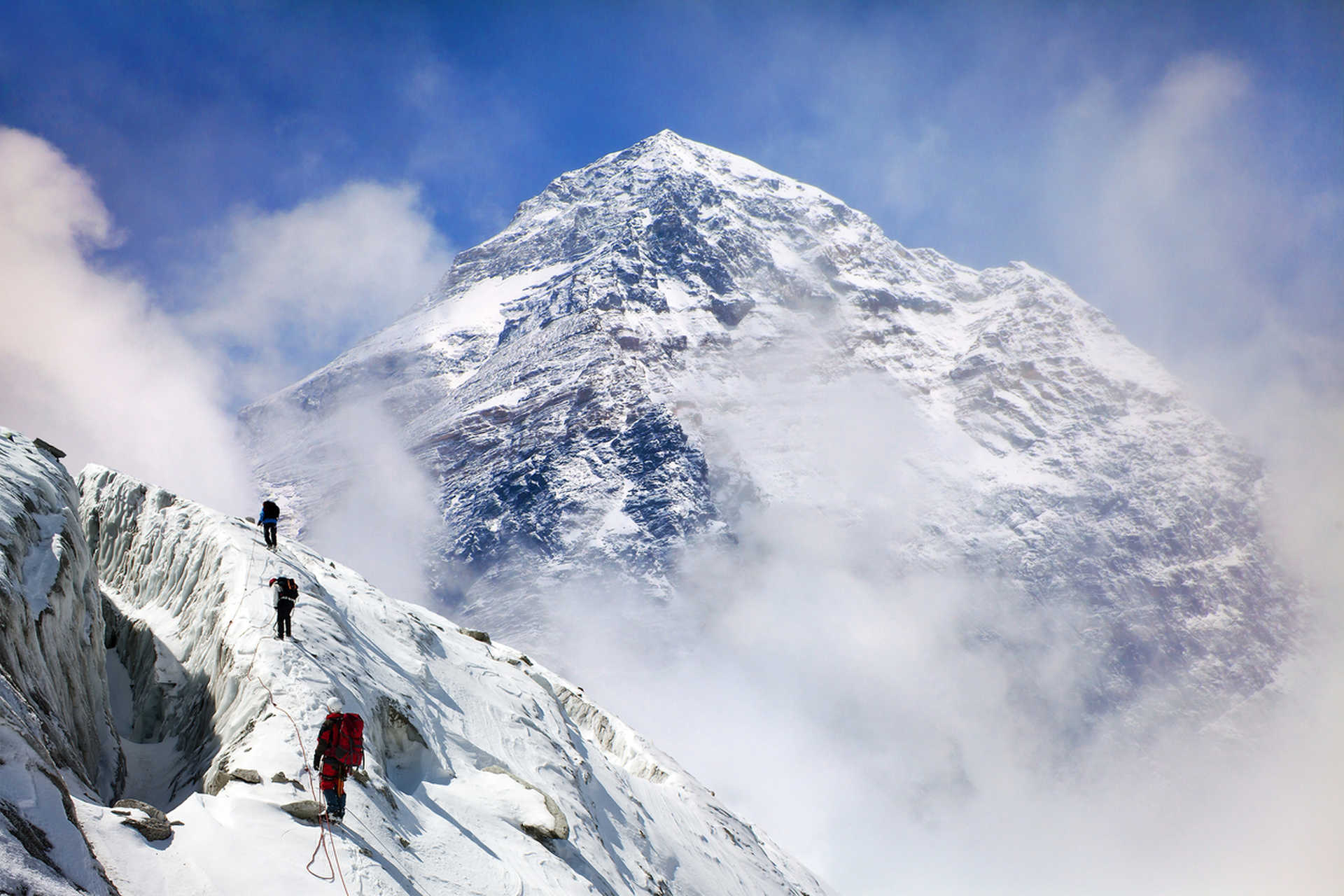Climbing Everest
Everest has been summitted by over 6,000 climbers, from thirteen-year-old
teenagers to pensioners in their seventies. Amputees and cancer sufferers,
pregnant women and those with mobility affecting diseases have all reached this
elusive summit, demonstrating that physical strength will only get you so far
and that a positive state of mind can conquer mountains.
Permits & Visas
A permit to climb Everest is approximately GBP £8,900 or USD
$11,000.
In addition to this, you will need to pay a local Nepalese
company to arrange your visa for you at a cost of approximately £2,000 or
$2,500 per group. You will be required to pay a refundable waste deposit per
group of £3,250 or $4,000 as well as a local liaison officer, which costs
around £2,500 or $3,000 for the whole group.
Essentially, before you set foot out of Kathmandu, you will
need to pay costs of approximately £16,650 or $19,500.
Following a number of potentially avoidable deaths on Mount
Everest in 2019, the Nepal
rules around who can be awarded a permit to climb Everest were changed for
future seasons. The new rules stipulate that climbers must have climbed at least
1 other mountain in Nepal over 6,500m before being given a permit to climb
Everest.
Once in Kathmandu, you will be required to prove you are
medically fit, complete a basic mountaineering and survival course, show proof
of COVID-19 vaccination or negative PCR, show your insurance documents and
undergo a short interview.
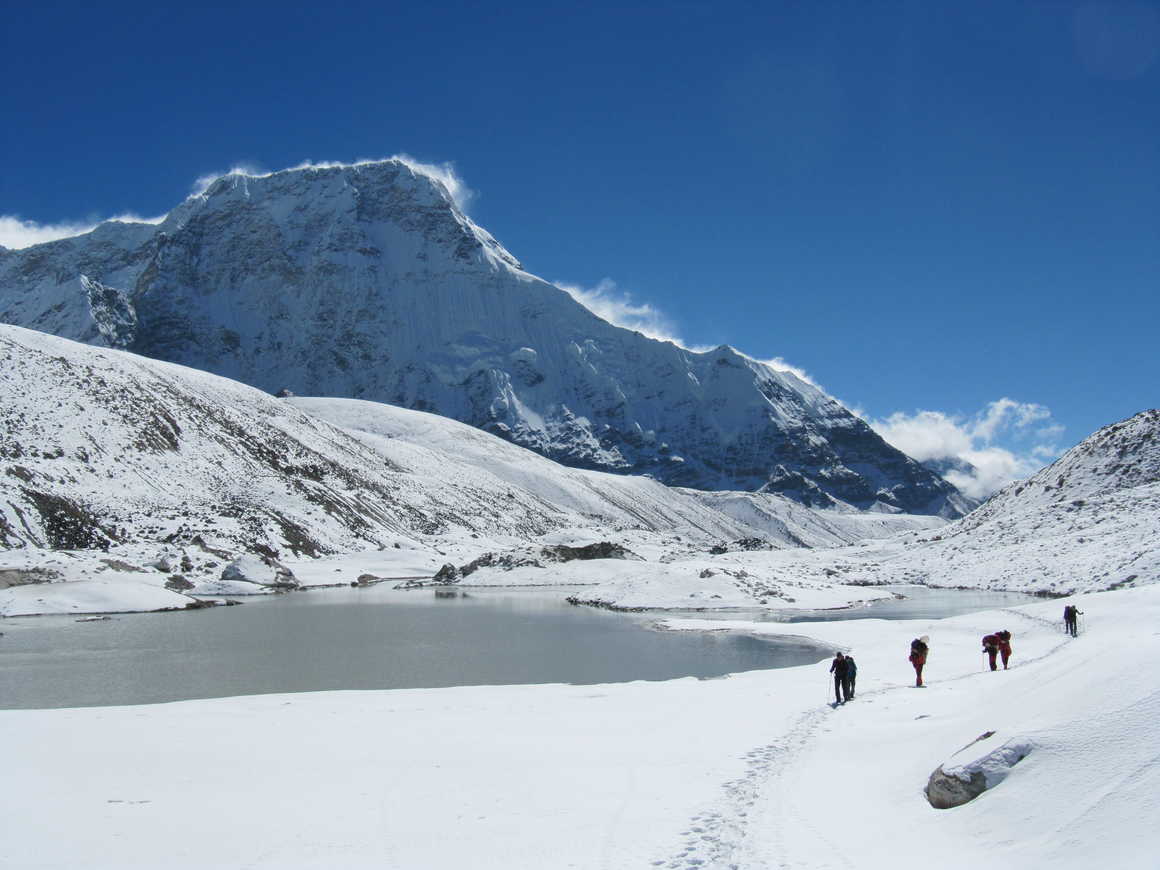
Insurance
Expect to pay anything from £100/$125, for a basic policy up
to £400 or $500 for more comprehensive cover. It is worth considering a higher
level of cover if you can afford it, as disruptions to your trek may be
compensated.
Support
1. You can take a Sherpa supported trip, where you
will use a company who provides Sherpas and porters to help carry equipment,
food, arrange transport and help with planning. This type of support will not
include guiding and the Sherpa may or may not speak English. It is more suited
to those who have high-altitude experience and mainly provided by Nepal based
providers.
You can expect to pay approximately £36,500 or $45,000 for
this type of package. This may not include tips or transport, which are usually
extra.
2. A Sherpa guided trek will provide a lead Sherpa
who guides your expedition who will be able to help make decisions about
conditions and routes and will summit with you. This type of support would not
typically include carrying gear, but may include a guide who maintains your
camp at Base Camp. This is a good option for those who are experienced
mountaineers who want local support but are more self-sufficient.
A guided trek can cost from £40,000 or $50,000 and expect
10% more if you want a personal 1-2-1 guide. Tips and transport will likely be
on top of this.
3. A fully guided trek will include both of the
above, typically, and is the best type of support package for first time
Everest climbers. Here you won’t have to worry about logistics, meals, routes
or carrying your gear. You will just have to put one foot in front of the
other.
This type of expedition will cost anything from
£53,000/$65,000 up to hundreds of thousands depending on the level of comfort
you want to experience during your climb.
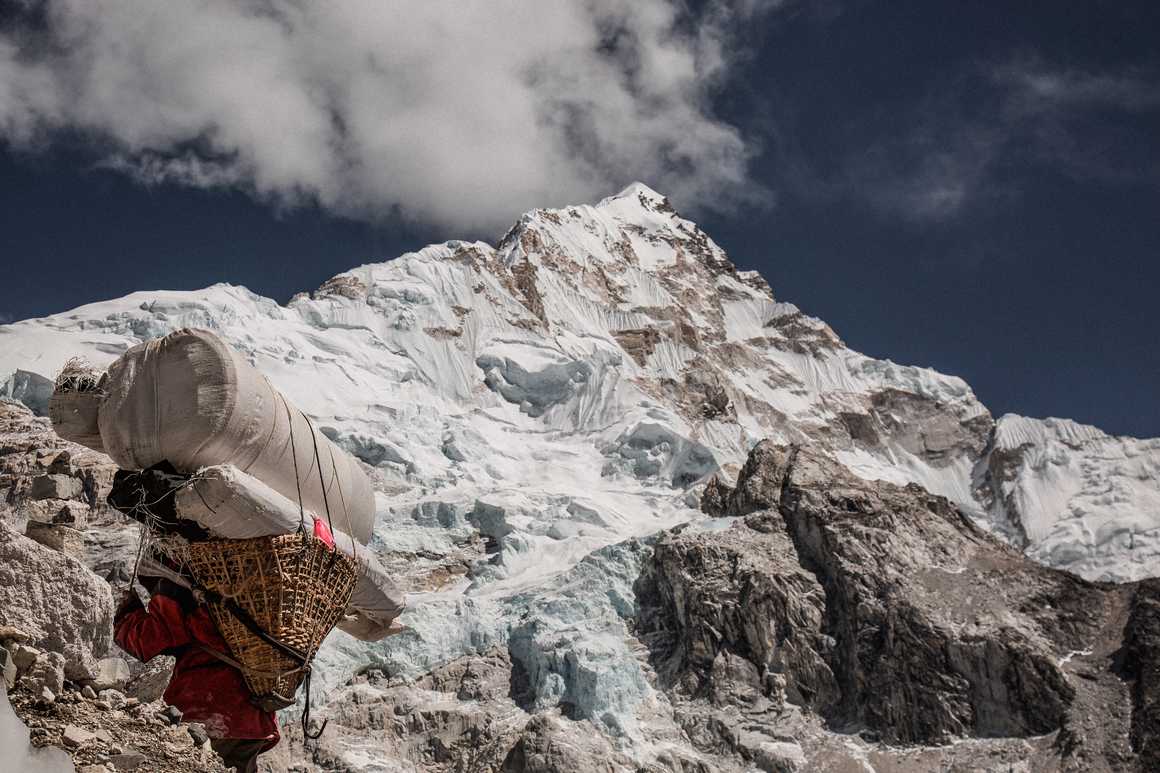
Tips
Tips are usually paid by the group so you can expect to pay
this amount in total, divided by the members of your party. If you feel your
support has gone above and beyond, by all means tip more.
You will have to carry this cash with you on your trek so
make sure you have a secure, dry money wallet with you.
Accommodation
The difference between basic and luxury at EBC, is luxury
camps will have heated private bell tents, private bathrooms with showers,
Wi-Fi, flooring and furniture and 5* meals. Basic accommodation includes shared
tents and shared facilities, separate communal spaces and hearty meals as
opposed to fine dining.
You can choose to camp on the route up to Everest Base Camp but expect to
pay a premium for meals at the teahouses as a non-resident. The type of
accommodation included in your trip will be specified at the time of booking if
you have paid for a fully guided trek, and there may be chance to upgrade your
package depending on the amount of comfort you would prefer.
Above Everest Base Camp, you can expect accommodation to get
more and more basic the higher you climb. Fully guided treks will include
porters to help set up camps above Camp 2 and may include shared bell tents.
Towards the summit, your camp will be set up ready for use and taken down after
your departure by efficient local teams and their location will depend on
conditions, progress and weather.
Food
Drinks, beer, snacks and basic provisions may be available
to purchase at these teahouses but expect them to get progressively more
expensive the closer you get to Base Camp.
Before your trek in Kathmandu, you will be able to find all
sorts of different cuisine and prices will range from a couple of dollars for
local options to more expensive western-style food.
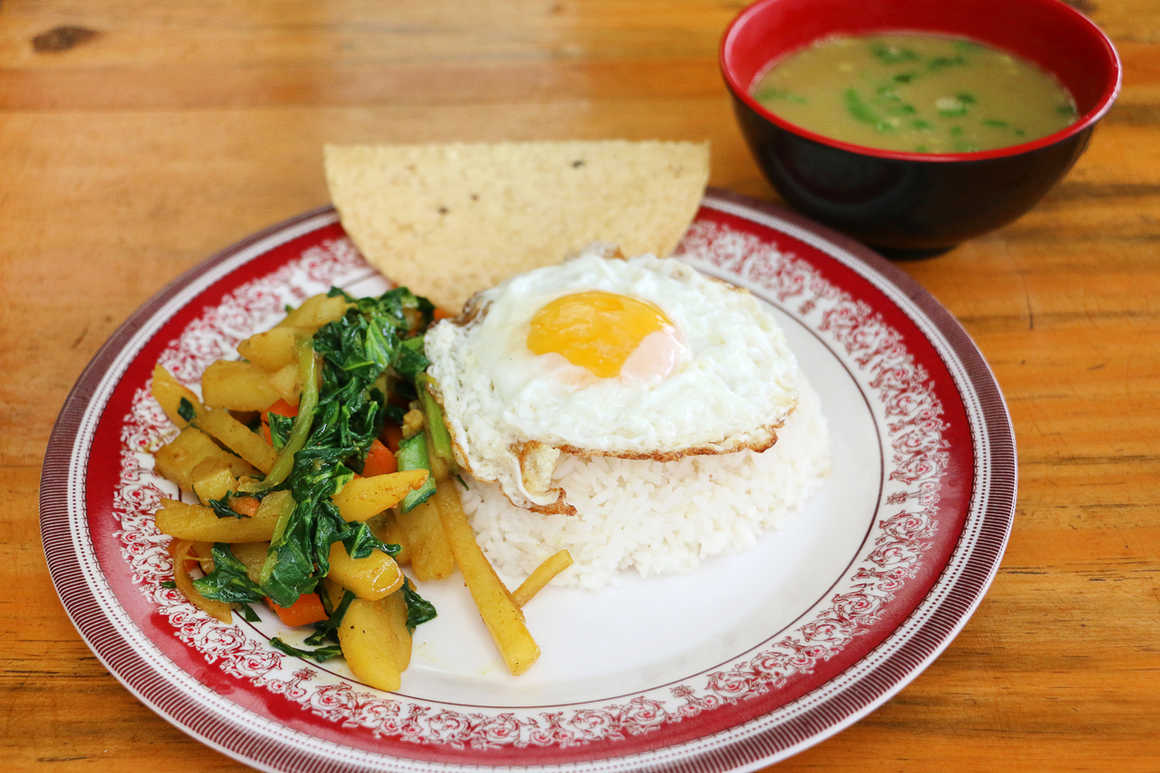
Transportation
To get to the start of the trek to EBC you need to get to
Lukla. Some companies will include a flight from Kathmandu to Lukla, while
others won’t.
You can trek to Lukla from Kathmandu, by getting a bus to
Jhiri and walking from there. The journey will take around 5 days on foot. You
will need porters and yaks to help carry your luggage which will cost from
£16/$20 a day.
Alternatively, you can drive from Kathmandu to Lukla.
Private transportation will cost around £300 or $350 and will take the best
part of a day.
From Lukla it is a week long trek to Everest Base Camp. The
same prices apply for porters and yaks here and your accommodation and food
will either be paid for as part of your booked trek or you can pay as you go.
Teahouses will charge around £5/$7 a night plus food.
The other transport option to consider if you’d like to
save yourself time, and effort, on the way down is to get a helicopter transfer
from Everest Base Camp to Lukla after your summit.
You can also get a helicopter to EBC but you will miss out
on journeying through the valley and experiencing the beautiful landscapes and
meeting fellow trekkers.
Oxygen
Expeditions
to Everest will invariably require an oxygen allowance which will be carried
with you, by yourself or a Sherpa, at all times as you get higher. Even during
sleep, you will be fed oxygen through a mask at a low flow rate to keep your
blood oxygenated enough for your exertion and eventual summit. The amount you
need will depend on your route, size, pace and climb duration. You will also
need to account for oxygen for your Sherpa.
A fully
guided trek up Everest will make sure that you have enough oxygen tanks to
reach the summit and the following descent successfully and safely. You can
arrange for Sherpa to carry tanks up for you and store them tactically to
prepare for your ascent.
The cost of
oxygen is around £400 or $500 per bottle and at least five bottles will be
needed. You will also need a mask and regulator which are another £400 or $500
each. Sherpa will need oxygen but as they require less, this can cost around
£1,600 or $2,000.
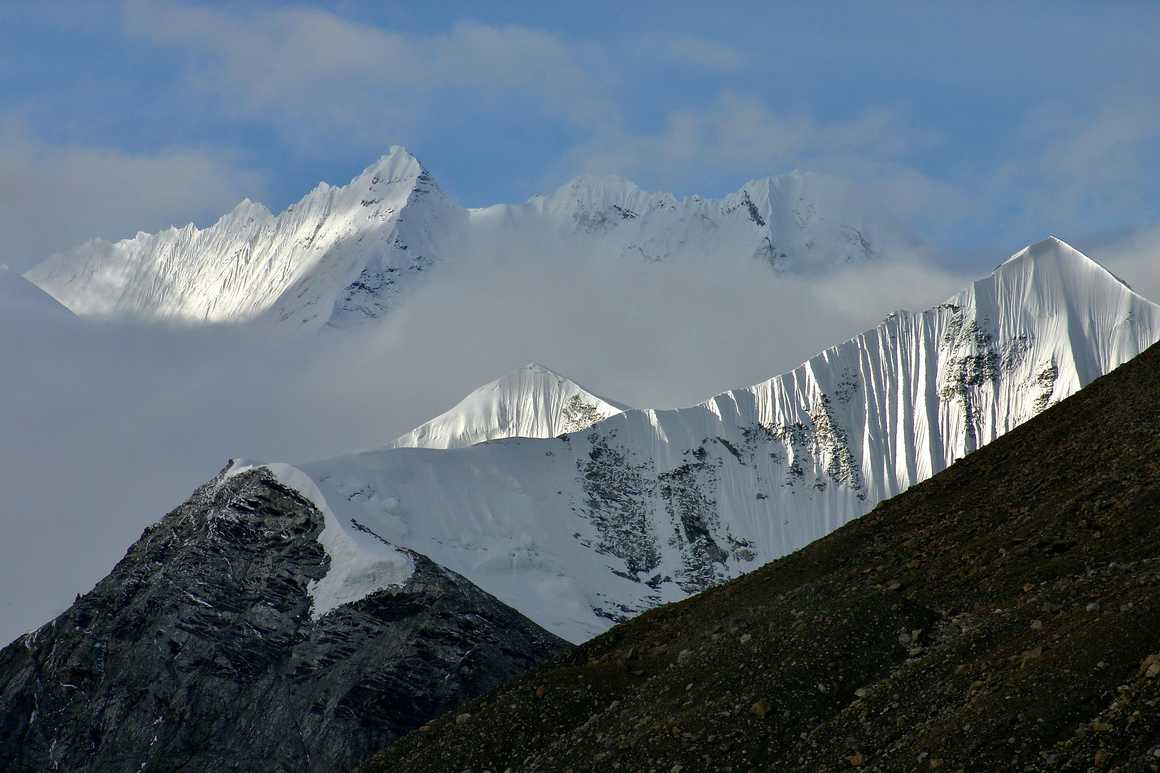
Other associated costs of climbing Everest
·
Technical
gear such as high altitude boots, sleeping bag, down suit, gloves, thermal
layers, crampons etc
·
Food,
accommodation and spending money in Kathmandu
·
Medical
kit
·
Snacks
and energy bars for whilst climbing
For those
of you not quite ready to attempt Everest, we have a variety of Nepal treks that
offer spectacular scenery, awesome trekking experiences and a real taste of
this stunning country without having to pay a small fortune. Try our Mera Peak trek and climb to the highest trekking peak at 6,476m supported by our experienced guides. Or if you have your sights set on conquering Everest, try our Island Peak and Everest Base Camp Trek and get a taste of trekking at altitude. Our highest trekking adventure is climbing Aconcagua, which is 6,960m high and a great way find out if high-altitude trekking is for you.










